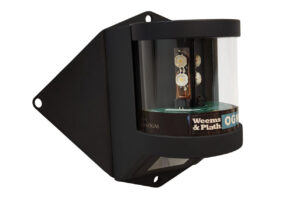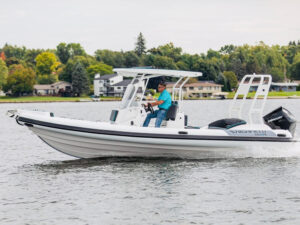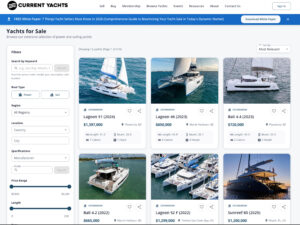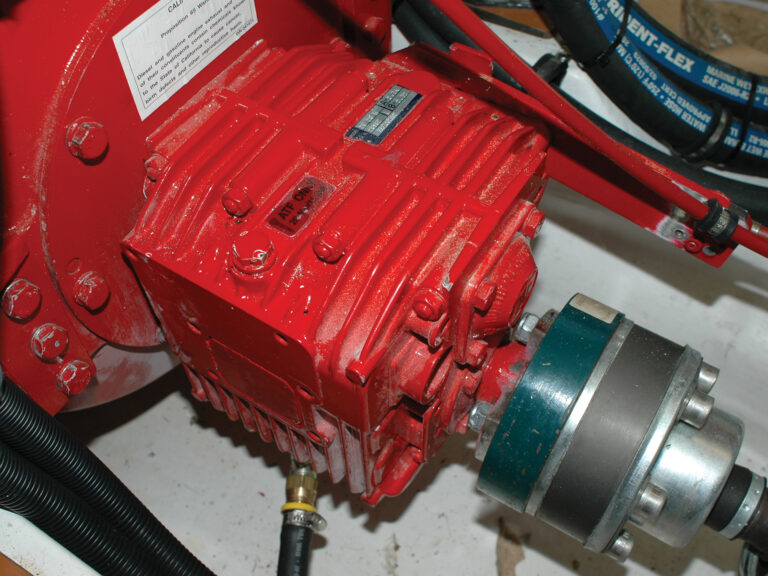
Q: I’ve determined that running a dual 12-/24-volt system for my boat, a Kelly-Peterson 44, is the way to go. However, I am making some assumptions about the capabilities of lithium batteries that I’d like to verify first. My most critical assumption is about voltage drop (or sag) under load. My anticipated peak load would be 4 kW, and that would be for maybe one or two minutes at a time, with sustained loads of up to 3 kW for maybe 20 minutes at most. This would be provided at 240 volts AC by a decent-quality pure sine wave inverter, probably rated at 5 kW continuous and running from 24 volts.
I would expect to use a battery bank of four 12-volt 100 Ah (nominal) lithium batteries, each with a 100-amp battery management system. So, two parallel pairs of two batteries in series. (At this stage, I am assuming that I will buy a decent set of commercially made 12-volt drop-ins, but I have not ruled out making my own batteries.)
So, that’s asking up to 80 amps per series string for short bursts, and 60 amps per string for longer periods of time.
My questions are: How well are these lithium batteries likely to cope with this sort of use, and is voltage sag likely to be an issue, given that inverters tend to be a bit fussy about this sort of thing? —Matt D., Australia
A: These are excellent questions with several good answers.
First and foremost, I would never condone making your own batteries, nor do I think any insurance company would accept a boat-owner-manufactured battery. There are just too many potential problems to consider.
As for the 12-/24-volt configuration, I support it wholeheartedly. That said, one of the key considerations is whether the manufacturer allows its lithium batteries to be series-connected. And, if so, does the manufacturer limit the number of batteries that can be series-connected? You must follow manufacturer recommendations to the letter as part of any installation, for series and parallel connections. Manufacturers have varying recommendations keyed to battery-management systems.
As for voltage droop or sag under load, one advantage of lithium-battery technology is that voltage sag under load is much less of a concern. So, as long as the ampere capacity ratings for the batteries you select match up with your onboard current requirements to supply your inverter, you’ll be much better off with lithium batteries versus lead acid.
Finally, about drop-in replacement: There is much to consider when switching from lead-acid technology to lithium.
I strongly recommend reviewing the newly released American Boat & Yacht Council Standard E-13. Things like alternator sizing, voltage regulation, battery-charger specifications, wire sizing, fusing, and storage location all come into play. You can access this standard by going to the consumer area of the ABYC website and signing up for a trial membership.
CW technical contributor Ed Sherman has served as education vice president with the American Boat & Yacht Council. Sherman has penned books including Advanced Marine Electronics and Electronics Troubleshooting, and has helped to develop programs at the New England School of Technology and the International Yacht Restoration School, as well as for the US military and federal agencies.








